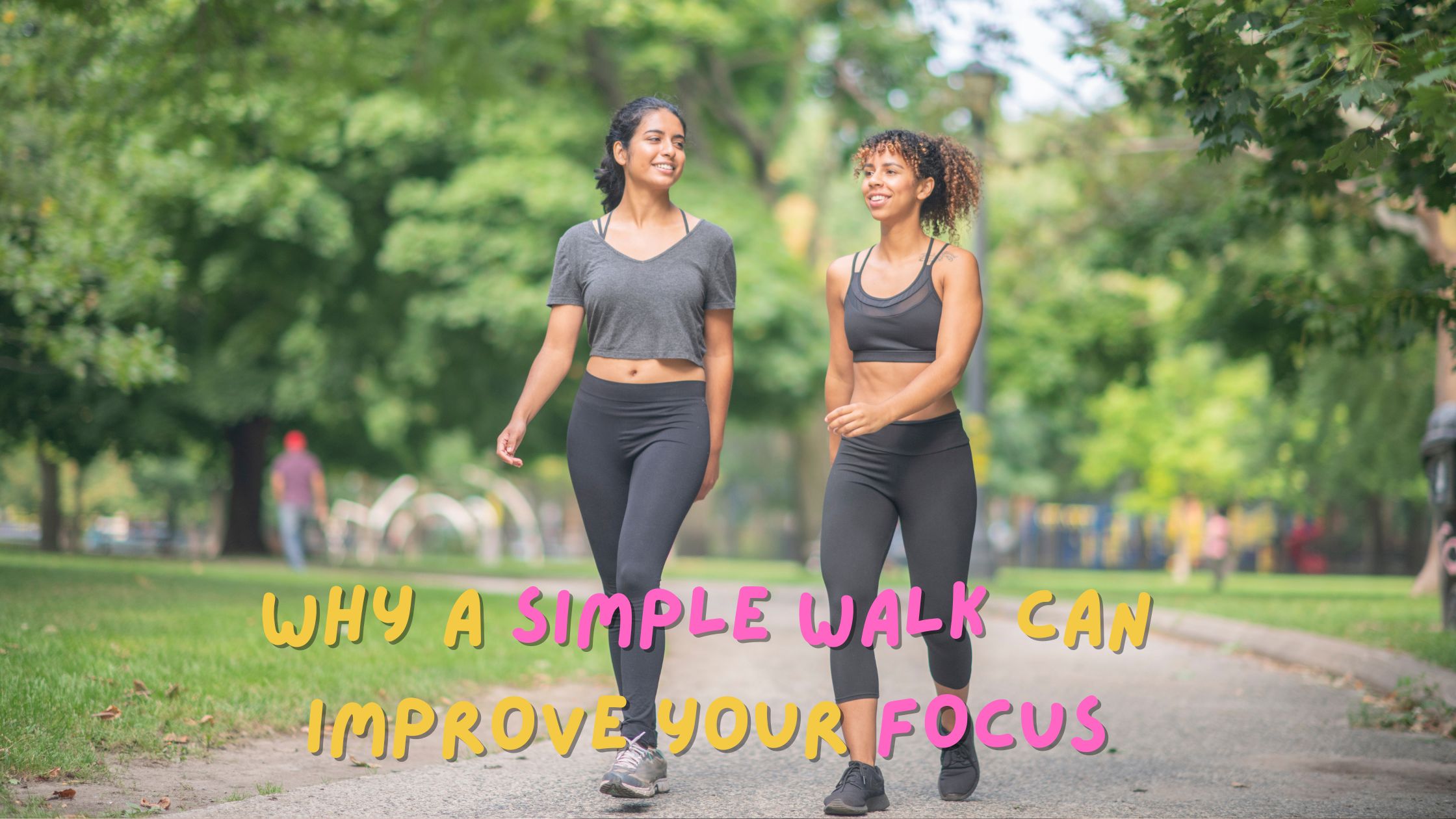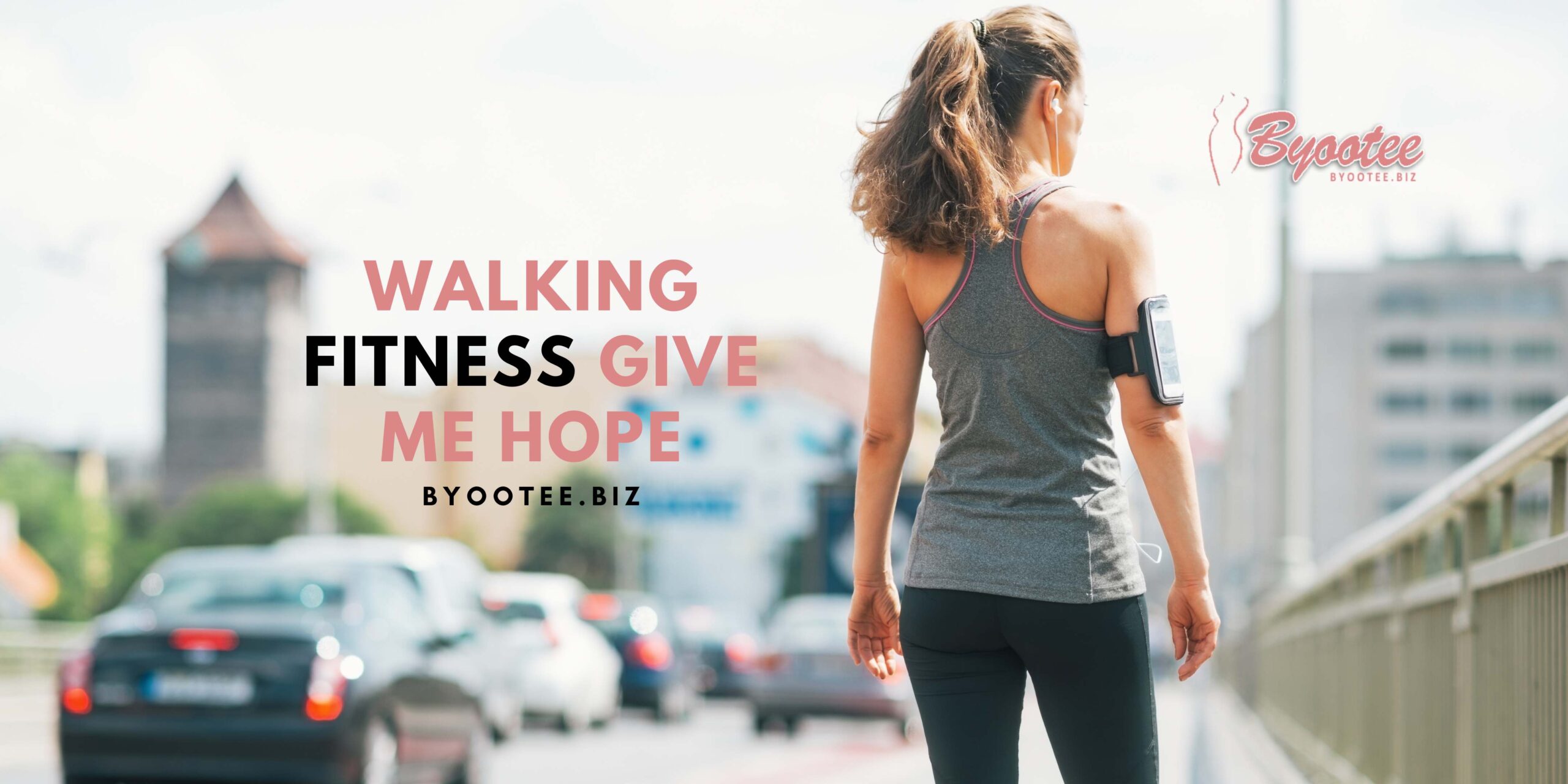Sometimes, the most helpful solution is the most simple one. For many, being told to…

Tips to Keep Your Legs Stay Healthy This Holiday Season..and into the New Year!
Our legs do a lot of work, from standing and walking, to climbing stairs and squatting. If you want to reduce your risk of developing varicose veins, or if you already have them and want to relieve your symptoms, you need to keep your legs healthy.
Varicose and spider veins are unsightly, and in many cases, they are merely visible symptoms of more serious problems.
Under normal conditions, your veins are one-way paths to return blood to your heart and lungs. When the blood flow is disrupted or inefficient a range of problems can result, from spider veins, to varicose, veins, to peripheral artery disease, to blood clots. Often these conditions are accompanied by significant pain.
Here are some tips to make sure your legs stay healthy and in peak condition for years to come.
1. Maintain a healthy weight
Carrying too much weight can increase your risk of developing varicose veins as it puts pressure on the valves of the veins, causing wear and tear. Over time, if blood is unable to circulate properly it will back up and pool in the legs, leading to unsightly varicose veins. Extra weight also puts strain on the joints, especially those in the knees and hips, and is a risk factor for heart disease, stroke and diabetes. Maintaining a healthy weight requires a well-balanced diet and regular exercise.
2. Eat Right and Lose Weight
Eating a nutritious diet rich in fresh fruits and vegetables, whole grains and lean protein will power the muscles of your legs and improve your circulation. Reducing your intake of salt and saturated fat can also decrease your risk of heart disease, which may also lower your chance of developing varicose veins. Losing weight will help reduce pressure on legs and can help reduce the risk of complicating factors like diabetes.
3. Stop smoking
Smoking causes the blood vessels to harden and narrow. This can contribute to poor blood circulation in your legs. If you smoke, make a point to quit as soon as possible.
4. Exercise regularly
Exercise strengthens not only the muscles of your legs, but also improves your blood circulation. If you are new to exercise, check with your doctor first. Find an exercise program that you will stick with, ideally a combination of cardiovascular exercise and weight/resistance training. Aim for at least 30 minutes a day, five days a week.
Veins work in combination with muscles to keep blood flowing properly. Leg veins must pump blood upward to the heart against the force of gravity. Movement of leg muscles helps that pumping process. Regular walking, running, biking, swimming and yoga will all help ensure the muscles do their job.
Yoga is a great low-impact exercise that stretches and strengthens your legs. At the same time, it encourages your blood circulation as you move and breathe in a coordinated fashion. There are also several yoga poses that involve raising your feet above the level of your heart. These will help drain the blood from your legs.
5. Get up and move
If you sit at work, get up regularly and move around to exercise your legs and get the blood moving. If you stand at work, take frequent breaks to sit with your legs elevated. Plus, add more physical activity to your day. Instead of riding in the elevator, take the stairs. Or, get off your bus one stop early to walk the rest of the way.
The key is to avoid standing or sitting in the same positions for lengthy periods.
If you are working at a desk, take regular breaks to stand up and move around. When you sit, the National Heart Lung and Blood Institute advises you to avoid crossing your legs. The key is to keep your blood moving and flowing freely.
6. Elevate your feet
We spend most of our day with our feet below the level of our heart. This challenges the flow of blood from the legs. Put your feet up throughout the day to help the blood flow from the legs. Sit with your feet up on a desk. Lie on your back with your legs up a wall, or raise the foot of your bed by six inches for extra drainage of the blood.
The objective is to improve circulation and keep the blood from settling in your legs and ankles. The Mayo Clinic recommends doing this several times a day.
7. Fly safely
Sitting on an airplane for extended periods of time can increase your risk of developing blood clots, which are potentially lethal. If you fly, keep your blood flowing from your legs by regularly contracting your calf muscles—point your toes, lift your heels up and down and roll your ankles. Also, walk around the cabin every 30 minutes or so.
8. Avoid high heels
High heels affect the functioning of larger veins. Lower-heeled shoes can actually tone your calf muscles and improve circulation. You should also avoid wearing clothes that are tight around your waist or groin areas because they can restrict blood flow.
9. Wear Compression Garments
Compression socks, stockings and pants aren’t the most fashionable things to wear, but trust us when we say this is one of the best leg health tips we can give you. Compression socks, stockings and pants should be worn all day. They squeeze your legs, helping veins and leg muscles more easily and effectively transport blood. Proper fit is important for compression socks, stockings and pants to function correctly. If you purchase them at a medical supply store, they can measure your legs and make sure you get the correct size.
A good pair of medical grade compression pants is a worthwhile investment. They can minimize swelling while maximizing the amount of blood that circulates through your legs and feet. In fact they can not only help prevent varicose and spider veins they can help your legs feel great despite the stress of a long day at work.
Try Elysyle Kodenshi Contouring Pants today. It can compress and contour with comfort your legs resulting to legs stay healthy and ensure your health improvement in long term.






